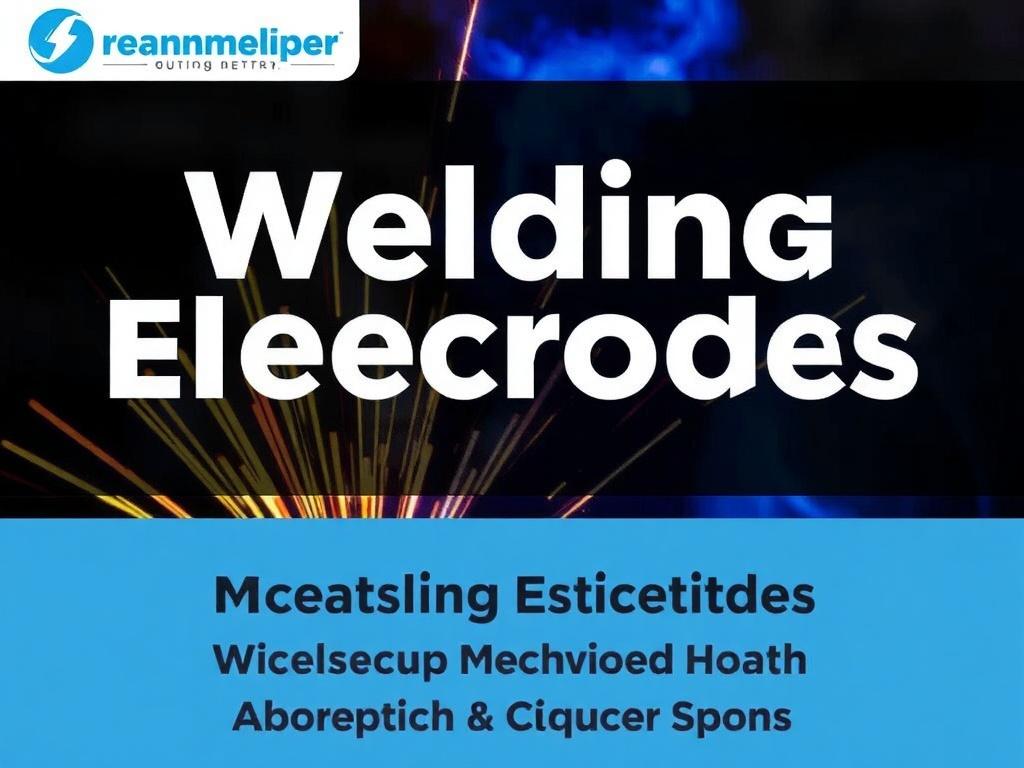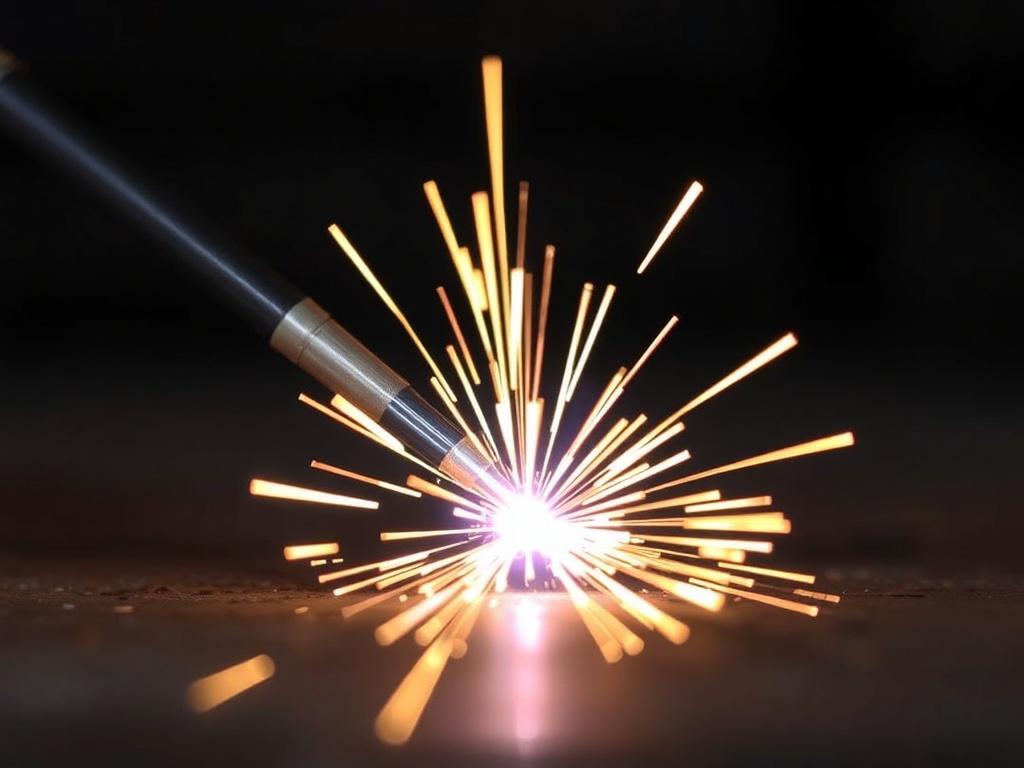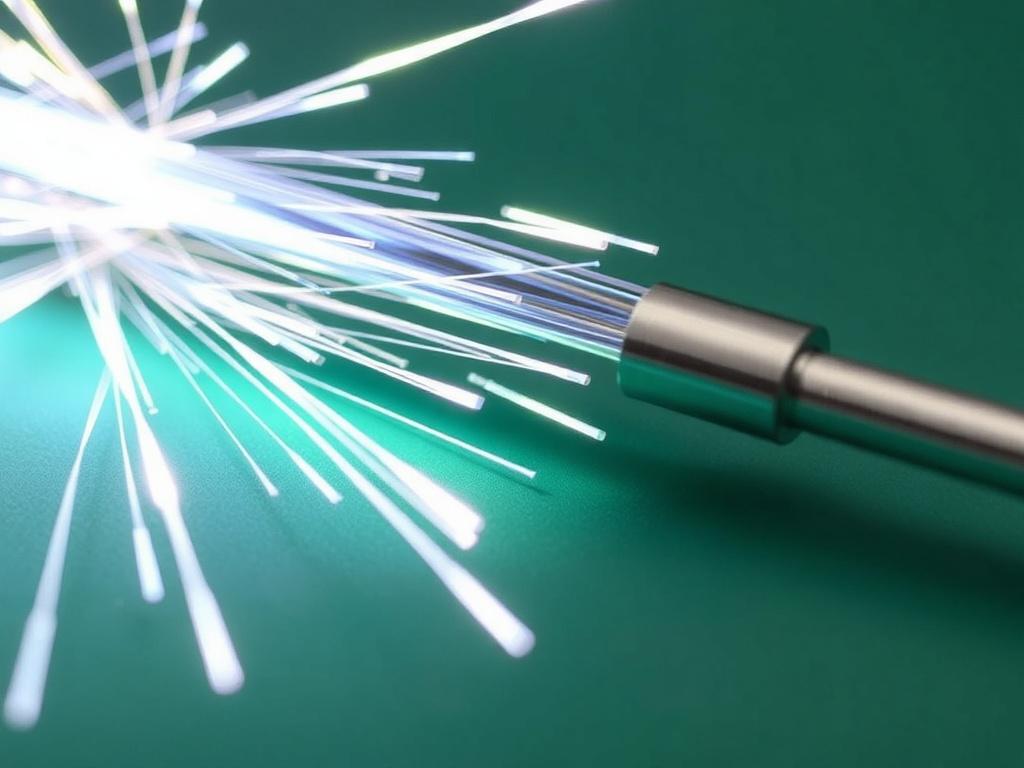
Welding is a craft that blends skill, precision, and the right tools to create strong, lasting joints in metalwork. At the heart of this process is one vital component: the welding electrode. Whether you’re a seasoned welder or a curious hobbyist, understanding welding electrodes, their types, and how to pick the perfect one for your task is essential for success. In this comprehensive article, we’ll explore everything you need to know about welding electrodes, ensuring you can craft welds that are both durable and visually appealing.
From basic definitions to detailed breakdowns of electrode types, to tips on selection depending on your material and welding method, this article is your trusty guide. Ready to dive deep into the world of welding electrodes? Let’s get started!
What Is a Welding Electrode?
Before we dive into the types and selection process, it’s important to understand what a welding electrode actually is. In the simplest terms, a welding electrode is a conductive metal wire or rod used during the welding process to create an electric arc between it and the workpiece. This arc generates the intense heat necessary to melt and join metals together.
The electrode serves two crucial functions simultaneously: it conducts the current needed to form the arc, and in many cases, it also acts as filler material, melting away to fill the joint between metals. The exact role, however, depends on the type of electrode and the welding technique being used.
### Why Are Welding Electrodes Important?
Think of welding electrodes as the lifeblood of your weld. The choice of electrode affects not only the strength of the weld but also its appearance, resistance to corrosion, and compatibility with the base metals involved. Choosing the wrong electrode can lead to weak joints, cracks, or even failure of the weld under stress. Clearly, getting this right is non-negotiable.
Types of Welding Electrodes

Welding electrodes come in a wide variety, each one tailored for specific purposes, metals, and welding processes. Let’s explore the most common types:
1. Consumable Electrodes
Consumable electrodes are made from metals that melt during the welding process and contribute filler material to the weld pool. There are a few sub-categories of consumable electrodes depending on the welding process being used.
Shielded Metal Arc Welding (SMAW) Electrodes
Often referred to as “stick electrodes,” these are among the most widely used. They consist of a metal core wire covered by a flux coating. When the electrode melts during welding, the flux breaks down and releases gases that shield the weld pool from contaminants in the air. Additionally, the flux forms slag on top of the weld, helping protect it as it cools.
| Electrode Type | Typical Use | Key Features |
|---|---|---|
| 6010 | Deep penetration, pipe welding | High cellulose coating for deep cleaning action |
| 6011 | Various metals, general purpose | Fast-freeze arc, good penetration |
| 6013 | Sheet metal, light fabrication | Smoother welds, easy slag removal |
| 7018 | Structural steel, high strength welds | Low hydrogen coating, strong welds |
Each electrode number gives insight into its suitability. For example, a 7018 electrode is prized in structural welding for its low hydrogen content, which reduces the risk of cracking.
Flux-Cored Arc Welding (FCAW) Electrodes
These electrodes are similar in shape to MIG wire but are hollow, filled with flux. FCAW electrodes can be either self-shielded or require an external shielding gas. They combine the speed and convenience of MIG welding with some of the benefits of stick welding. The flux protects the weld pool similar to stick electrodes.
2. Non-Consumable Electrodes
Non-consumable electrodes do not melt during welding. These are typically made from tungsten and are used primarily in Tungsten Inert Gas (TIG) welding. The electrode creates the arc but does not contribute filler metal — a separate filler rod is manually fed as needed.
Tungsten Electrodes Types
Within tungsten electrodes, the choice often comes down to the material’s doping – what elements have been added to change performance:
- Pure Tungsten (Green): Best for AC welding of aluminum and magnesium.
- Thoriated Tungsten (Red): Commonly used for DC welding; good arc stability.
- Lanthanated Tungsten (Blue): Versatile and easy to use on both AC and DC.
- Ceriated Tungsten (Gray): Good for low amperage welding and DC.
These subtle differences can influence arc stability, electrode lifespan, and the quality of your weld.
Understanding Electrode Classifications
The American Welding Society (AWS) has a system that classifies welding electrodes to help welders quickly understand their properties. Generally, the numbers and letters in an electrode’s designation indicate:
- The tensile strength of the weld it creates (in thousands of pounds per square inch – ksi).
- The welding position suitable for the electrode (flat, vertical, overhead, etc.).
- The type of coating and the kind of current it supports (AC, DC, or both).
For example, the electrode 7018 means:
- 70 = 70,000 psi minimum tensile strength
- 1 = Position (1 = all positions)
- 8 = Coating and current type (8 = low hydrogen potassium iron powder coating, usable on AC and DC)
This classification is a useful shorthand for welders choosing the right electrode for their project.
How to Choose the Right Welding Electrode
Choosing the right welding electrode isn’t just about picking the first one that seems to fit. Here are several factors to consider when making your choice:
1. Type of Base Metal
Not all electrodes are compatible with every base metal. For example, welding stainless steel requires electrodes designed specifically for that alloy, such as ER308 or E308 electrodes, which match the compositional requirements. Using a mild steel electrode on stainless steel would yield weak or brittle welds.
2. Welding Position
Some electrodes are better suited for flat welding, while others perform well in vertical, overhead, or horizontal positions. If you’re working in a constrained space or doing repair work, ensure your electrode can handle the position comfortably without slag entrapment or poor penetration.
3. Welding Current and Power Source
Check what kind of welding machine you have—is it AC, DC, or both? Not all electrodes are compatible with every type of current. For example, pure tungsten electrodes are typically used on AC for TIG welding, while thoriated tungsten favorites DC.
4. Required Strength and Durability
Think about what your weld will endure. For structural steel construction, strength and toughness are paramount, so low-hydrogen electrodes like 7018 are preferred. For light fabrication or sheet metal, milder electrodes such as 6013 might be more appropriate.
5. Environment and Work Conditions
If you’re welding outdoors or in windy conditions, flux-cored electrodes might be ideal because the flux provides some protection from the elements compared to a shielding gas that can be blown away. Similarly, moisture-sensitive electrodes (like low hydrogen types) require careful storage to prevent weld defects.
6. Appearance and Finish
Some electrodes produce smoother, more visually appealing welds, whereas others might leave more slag or a rough finish. When aesthetics matter—for example, visible welds on consumer products—electrode choice can make a big difference.
Common Welding Electrode Types and Their Uses
Below is a practical list of typical electrodes you are likely to encounter, along with general guidance on their use:
| Electrode Type | Material | Typical Use | Strength | Current Type |
|---|---|---|---|---|
| 6010 | Carbon Steel | Deep penetration, pipelines, farm equipment | 60,000 psi | AC and DC+ |
| 6011 | Carbon Steel | General purpose, better penetration on dirty surfaces | 60,000 psi | AC and DC+ |
| 6013 | Carbon Steel | Sheet metal work, light fabrication | 60,000 psi | AC and DC+ |
| 7018 | Carbon Steel | Structural steel, heavy equipment | 70,000 psi | DC+ |
| 308L | Stainless Steel | Welding 304 stainless and similar alloys | 60,000 psi | AC and DC+ |
| 309 | Stainless Steel | Joining stainless to mild steel or dissimilar metals | 60,000 psi | AC and DC+ |
Storage and Handling of Welding Electrodes
After selecting the right welding electrode, proper storage and handling are equally important. Electrodes, especially low hydrogen types like 7018, are sensitive to moisture. Exposure to humidity can cause electrode coatings to absorb water, leading to weld defects such as hydrogen-induced cracking or porosity.
Here are some storage guidelines:
- Keep electrodes in a dry, temperature-controlled environment.
- Store electrodes in sealed containers or electrode ovens at recommended temperatures.
- Handle electrodes with clean, dry hands or gloves to prevent contamination.
- If electrodes become damp, dry or bake them according to manufacturer recommendations before use.
Tips for Beginners: How to Make the Most of Your Electrodes

If you’re just starting out, welding electrodes might seem intimidating with all their classification numbers and varieties. Here are some simple tips to help you get comfortable:
- Start with a general-purpose electrode: The 6013 electrode is a great beginner choice—it’s forgiving, easy to start, and works well on sheet metal.
- Read the manufacturer’s data sheet: It will provide key info such as polarity, amperage range, and specific applications.
- Practice setting the correct amperage: Using the right current settings improves weld quality and extends electrode life.
- Keep a clean workspace: Remove rust, paint, and contamination from your base metal before welding.
- Observe your weld puddle: Learning how the molten metal behaves helps you understand if your electrode choice and settings are right.
Exploring Specialty Electrodes
While the common electrode types satisfy most welding needs, specialty electrodes exist for niche applications:
- Cast iron electrodes: Used for repairing cast iron, these electrodes help weld hard-to-bond metals.
- Aluminum electrodes: Designed for welding aluminum alloys, often paired with TIG or MIG processes.
- Hardfacing electrodes: Used to enhance wear resistance on surfaces.
- Stellite electrodes: Employed in high-temperature and corrosion-resistant weld deposits.
These electrodes often require more advanced handling or particular equipment but unlock new possibilities in welding applications.
Welding Electrode Accessories and Additional Tools
Choosing the right electrode is just one part of the welding toolbox. Here are some accessories and tools to improve your electrode management and welding outcomes:
- Electrode Oven: Prevents moisture absorption by keeping electrodes warm and dry.
- Electrode Holder and Stinger: Provides a secure grip on consumable electrodes during welding.
- Chipping Hammer: Removes slag cleanly from welds made with coated electrodes.
- Wire Brush: Cleans welds and prepares joint areas before welding.
Conclusion: Mastering Your Welding Electrodes

Welding electrodes play a fundamental role in the quality, strength, and efficiency of your welding projects. Understanding the types—from consumable stick electrodes to non-consumable tungsten rods—gives you the power to tailor your weld to your material, position, and end goal. Through proper selection, storage, and handling, you can avoid common pitfalls like brittleness, cracking, and contamination, creating professional results whether in the shop or out in the field.
Always remember that your choice of welding electrode should consider the base metal, welding process, position, and desired strength. Experiment with different electrodes as you grow your welding skills and never hesitate to seek advice or consult technical datasheets when you’re uncertain.
With this comprehensive knowledge of welding electrodes and how to choose the right one, you are well equipped to tackle a wide range of welding tasks. So pick up your electrode, fire up the arc, and weld with confidence!
